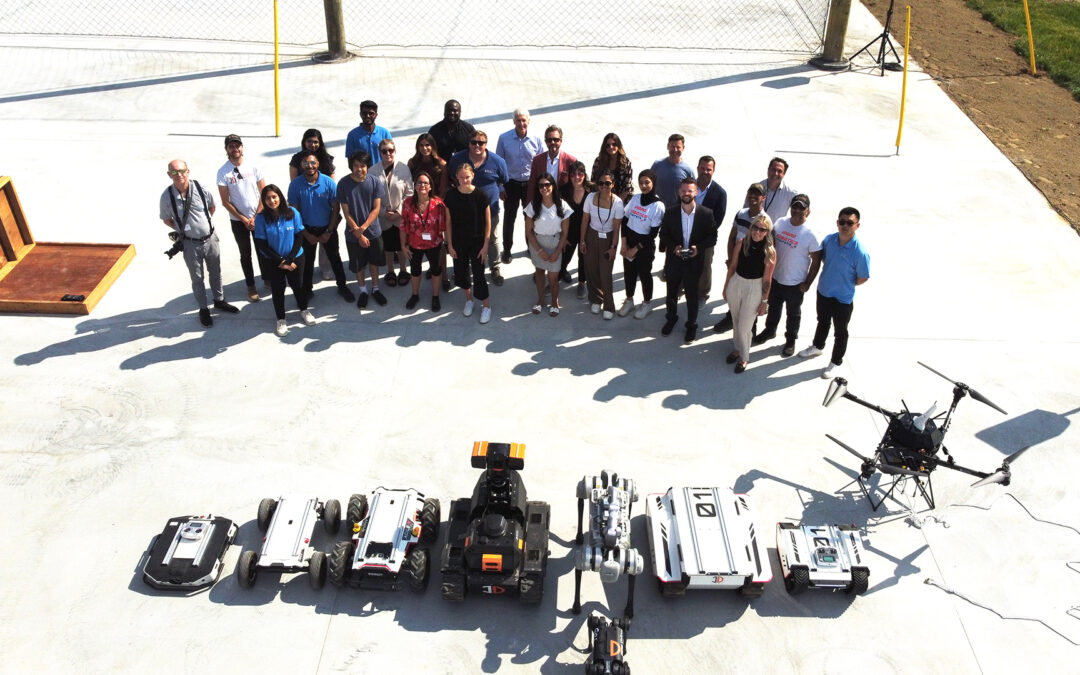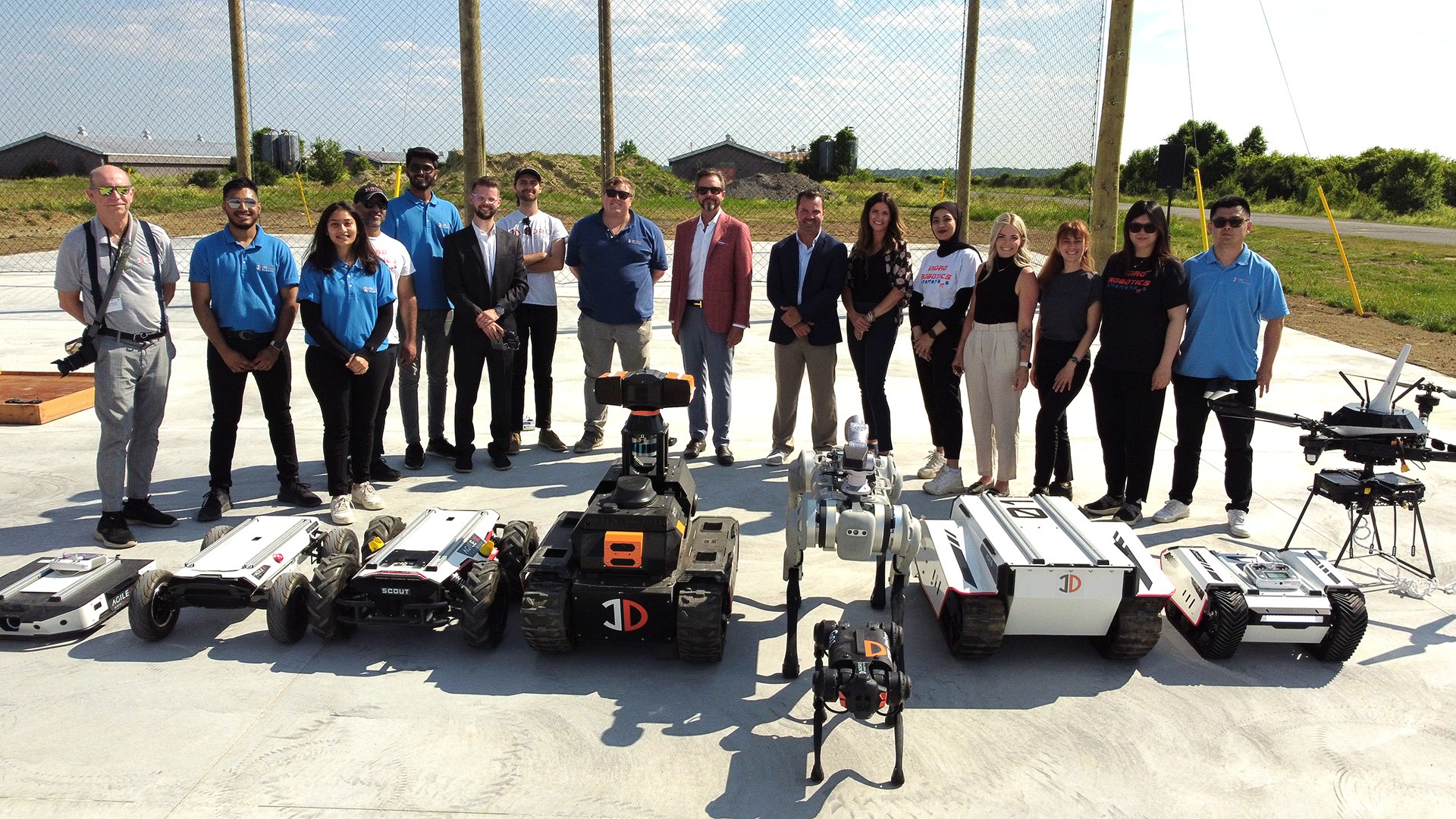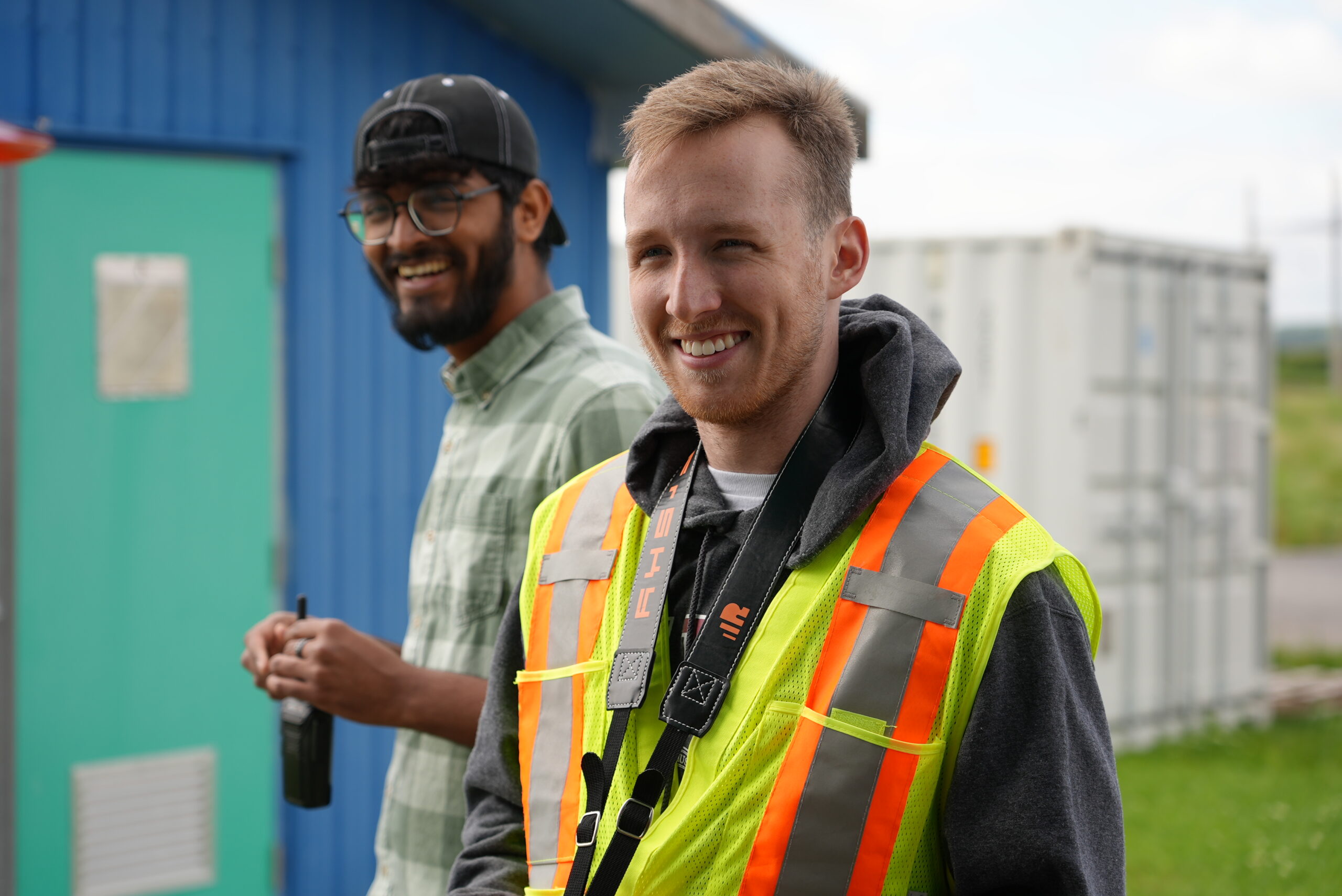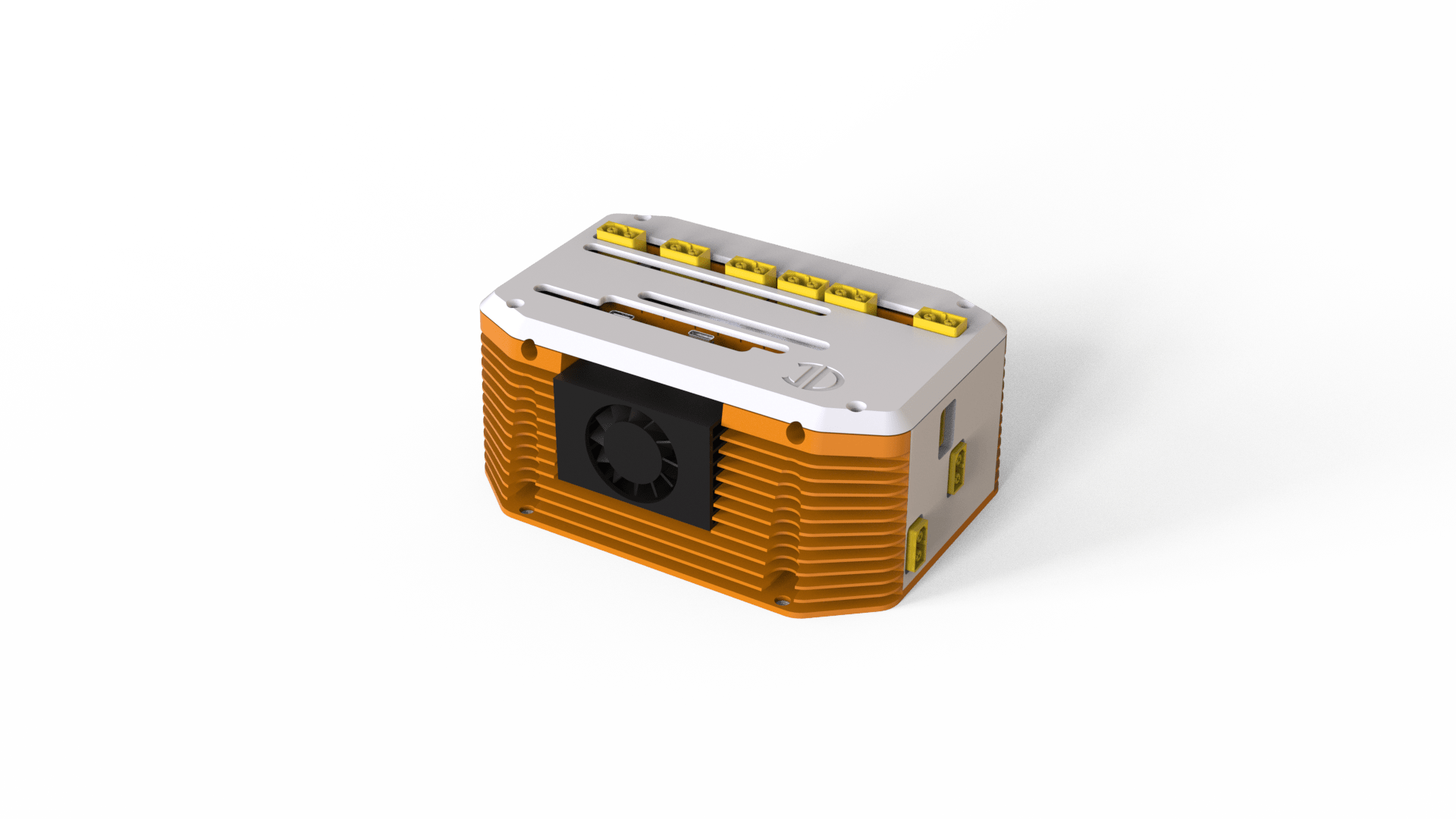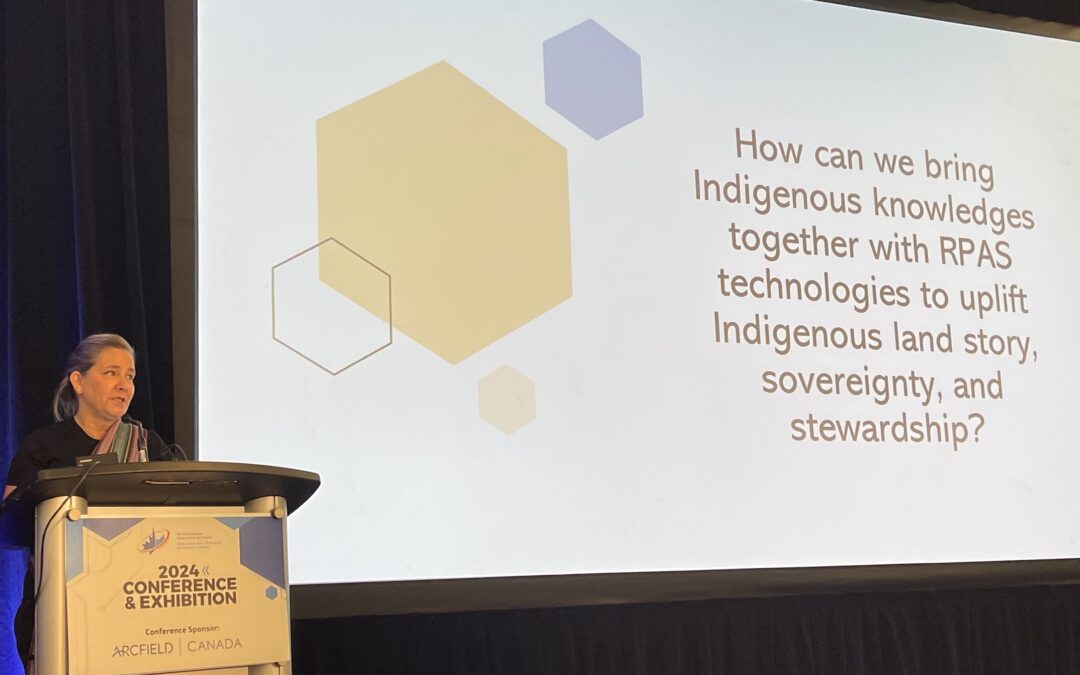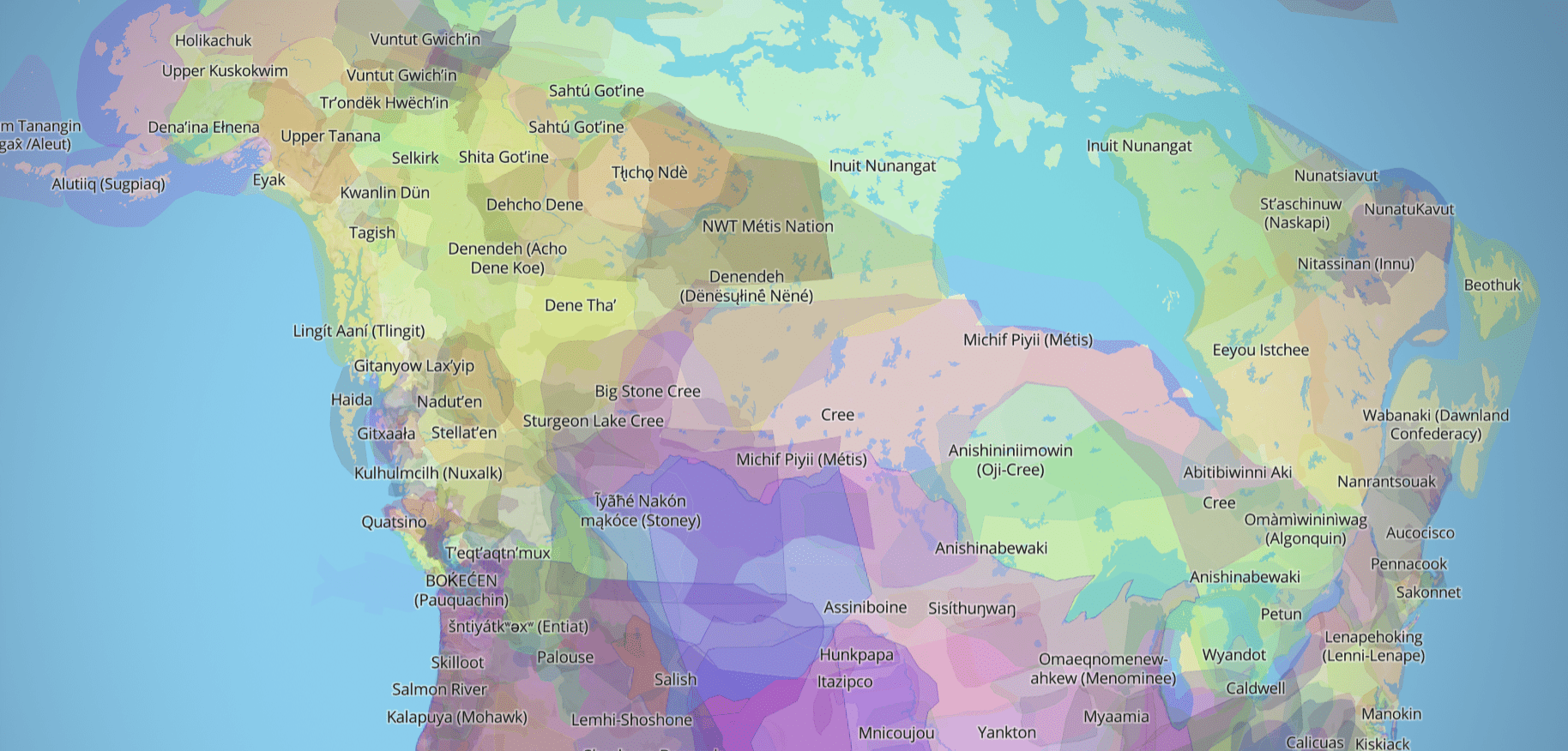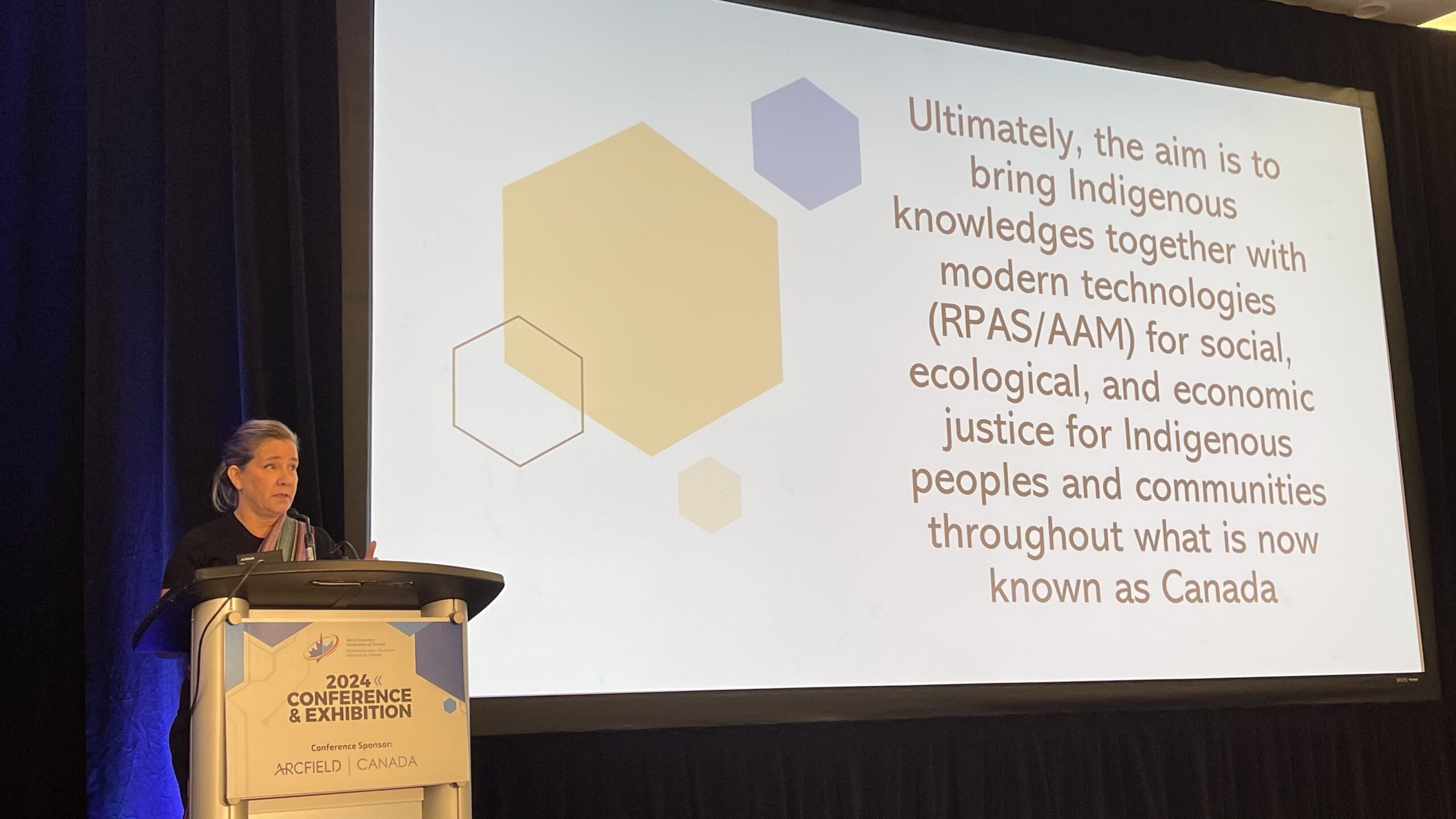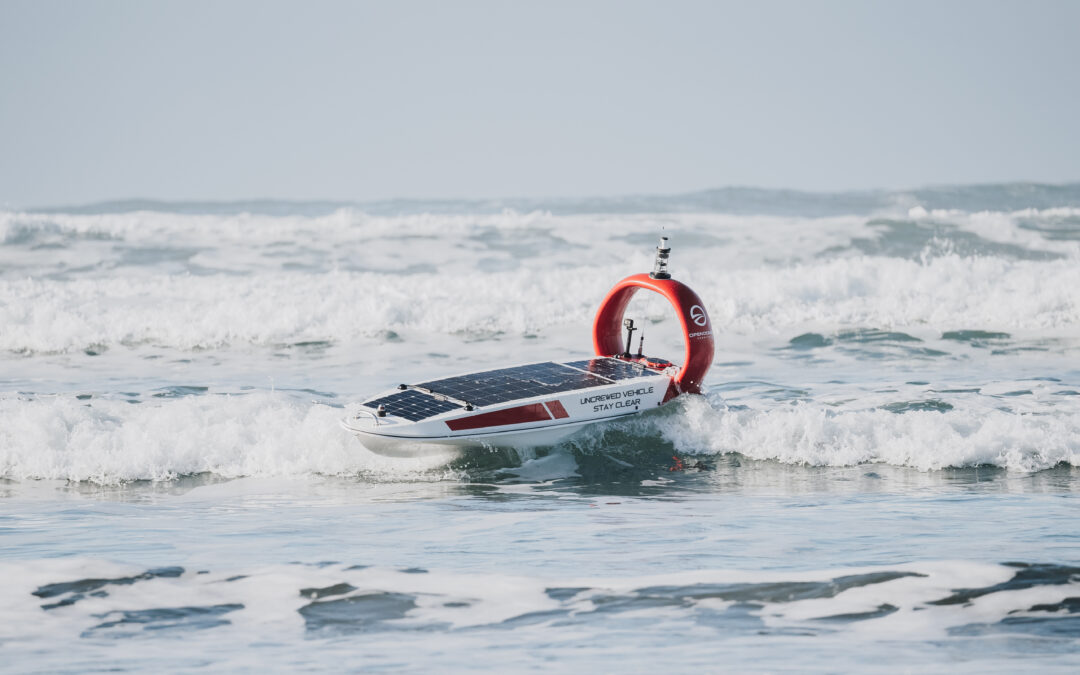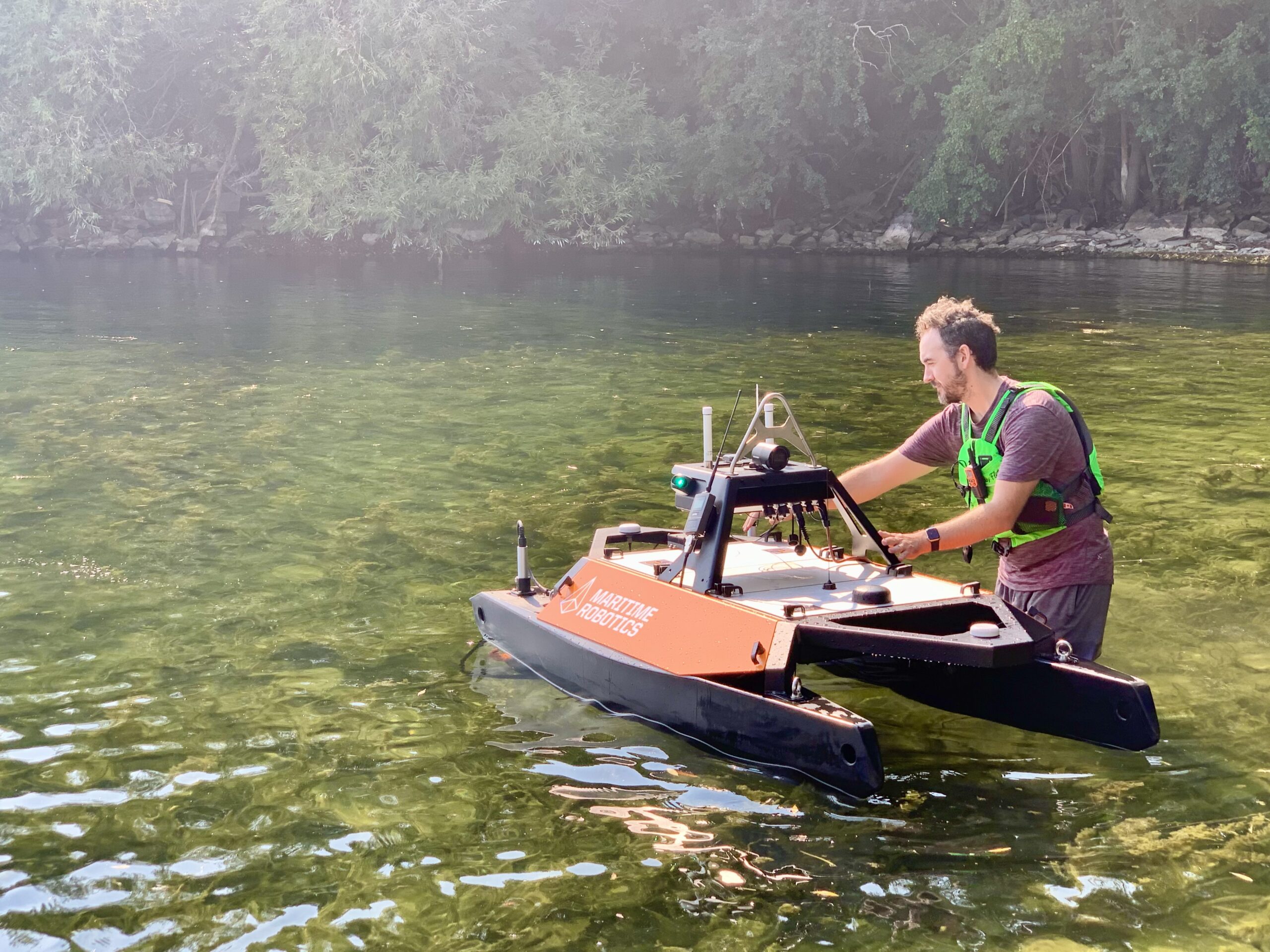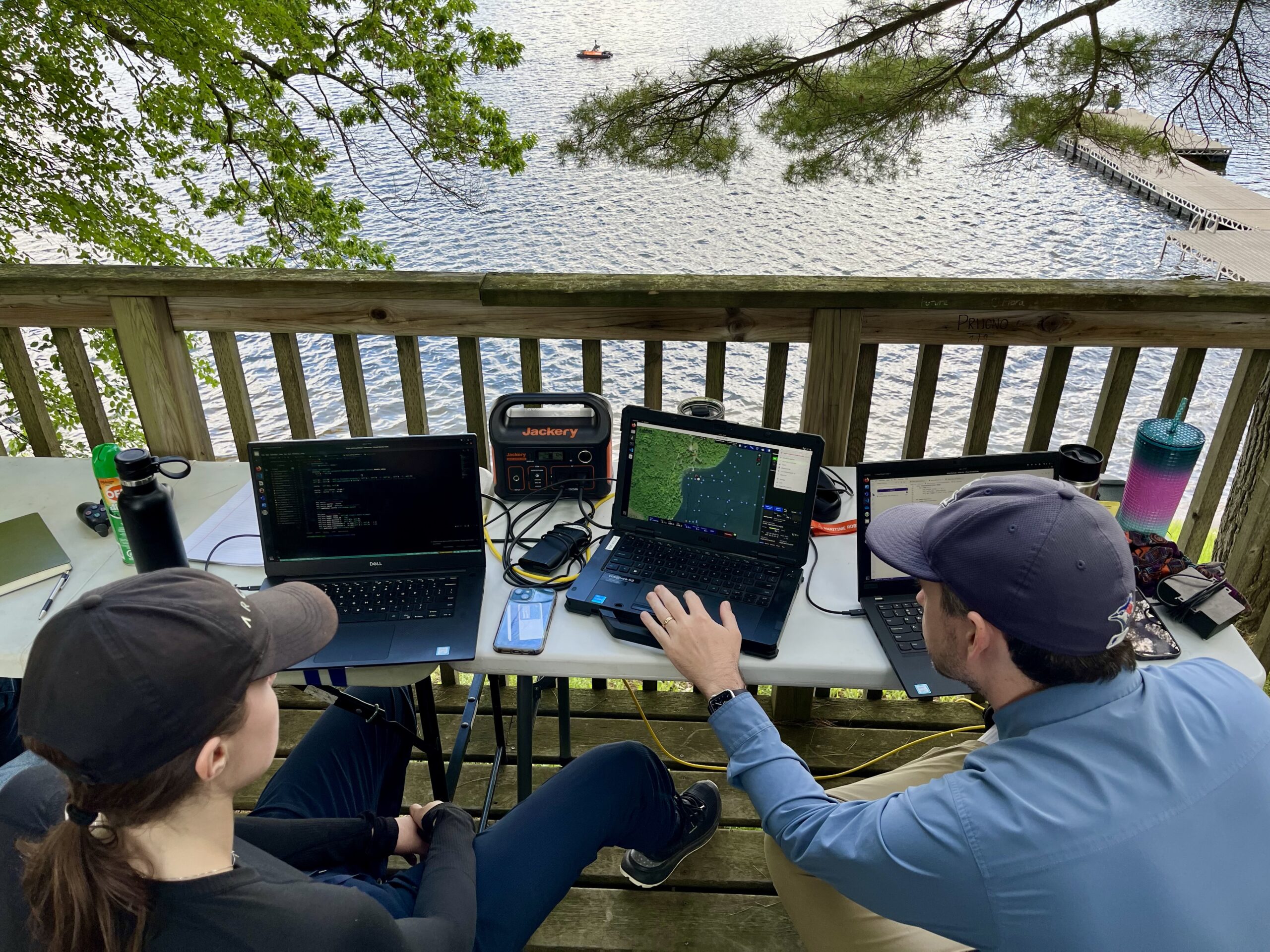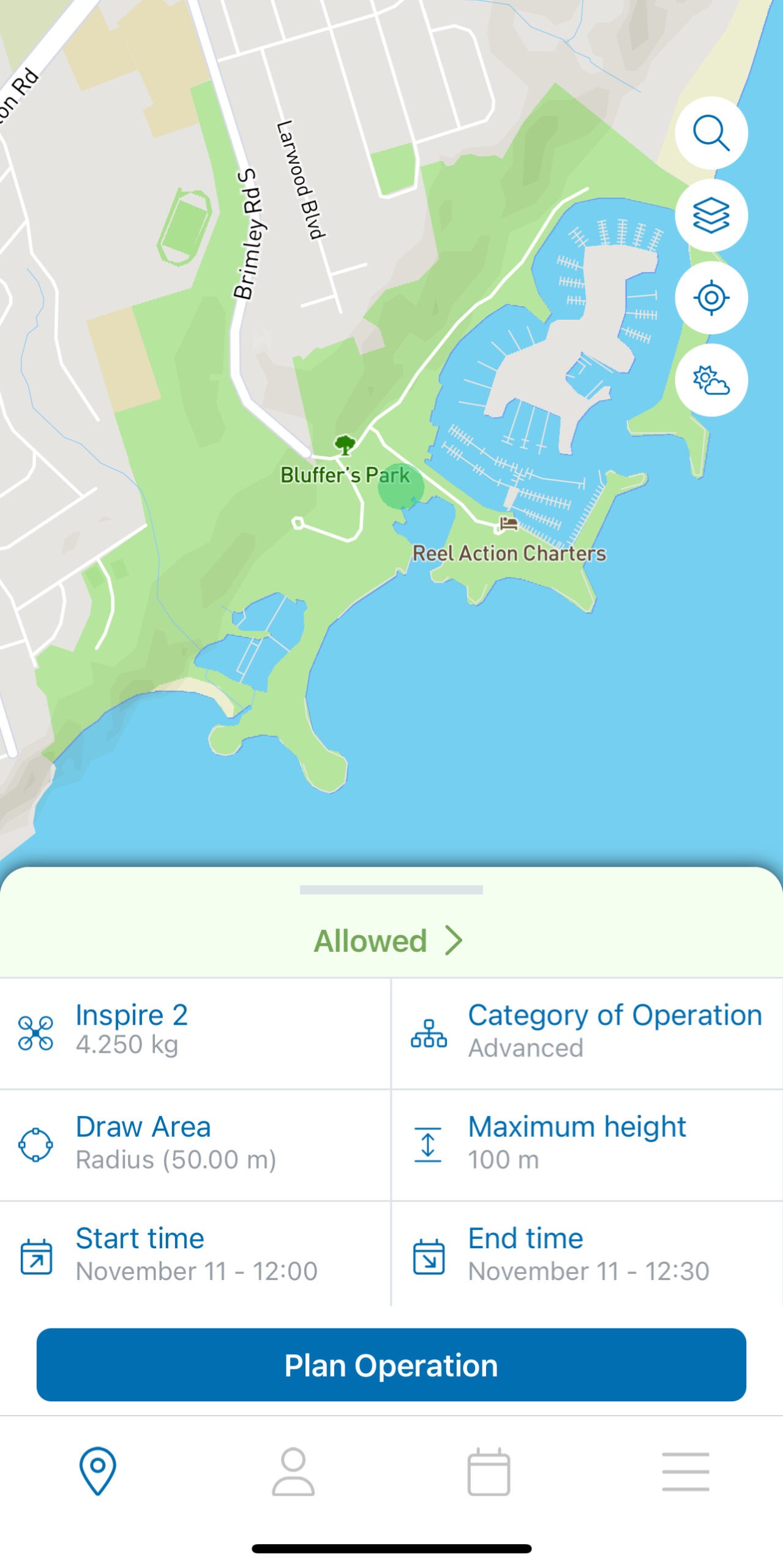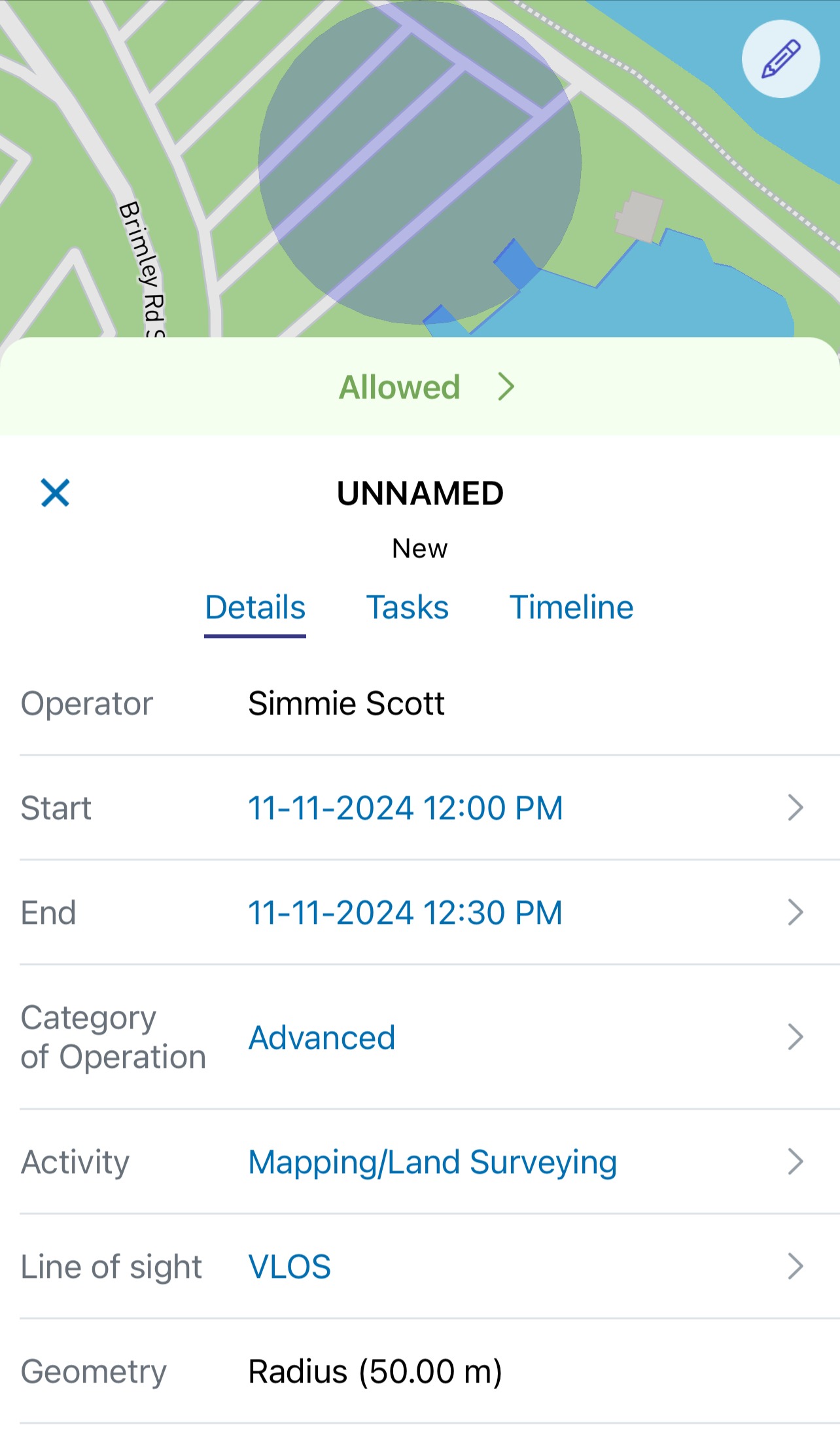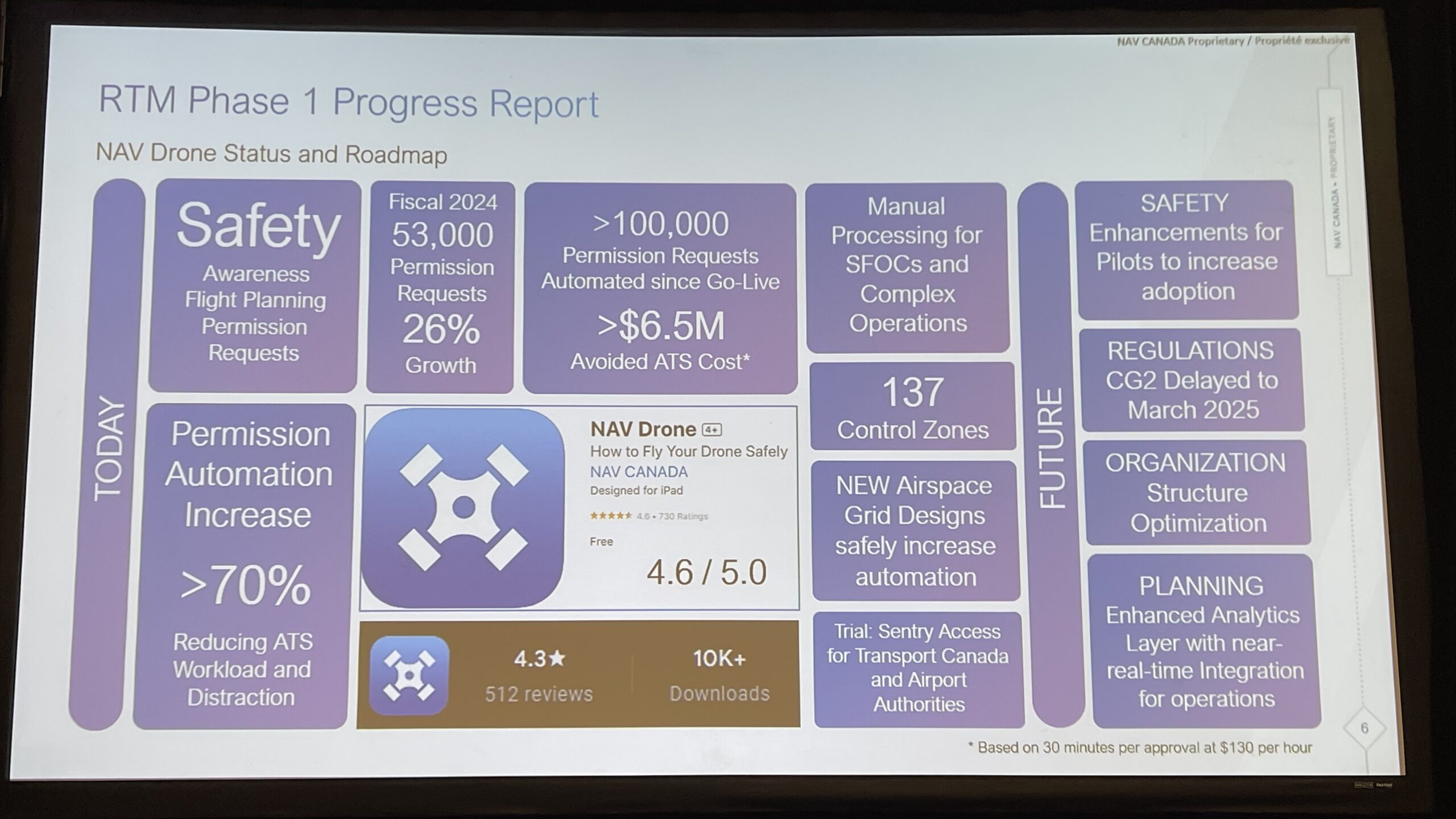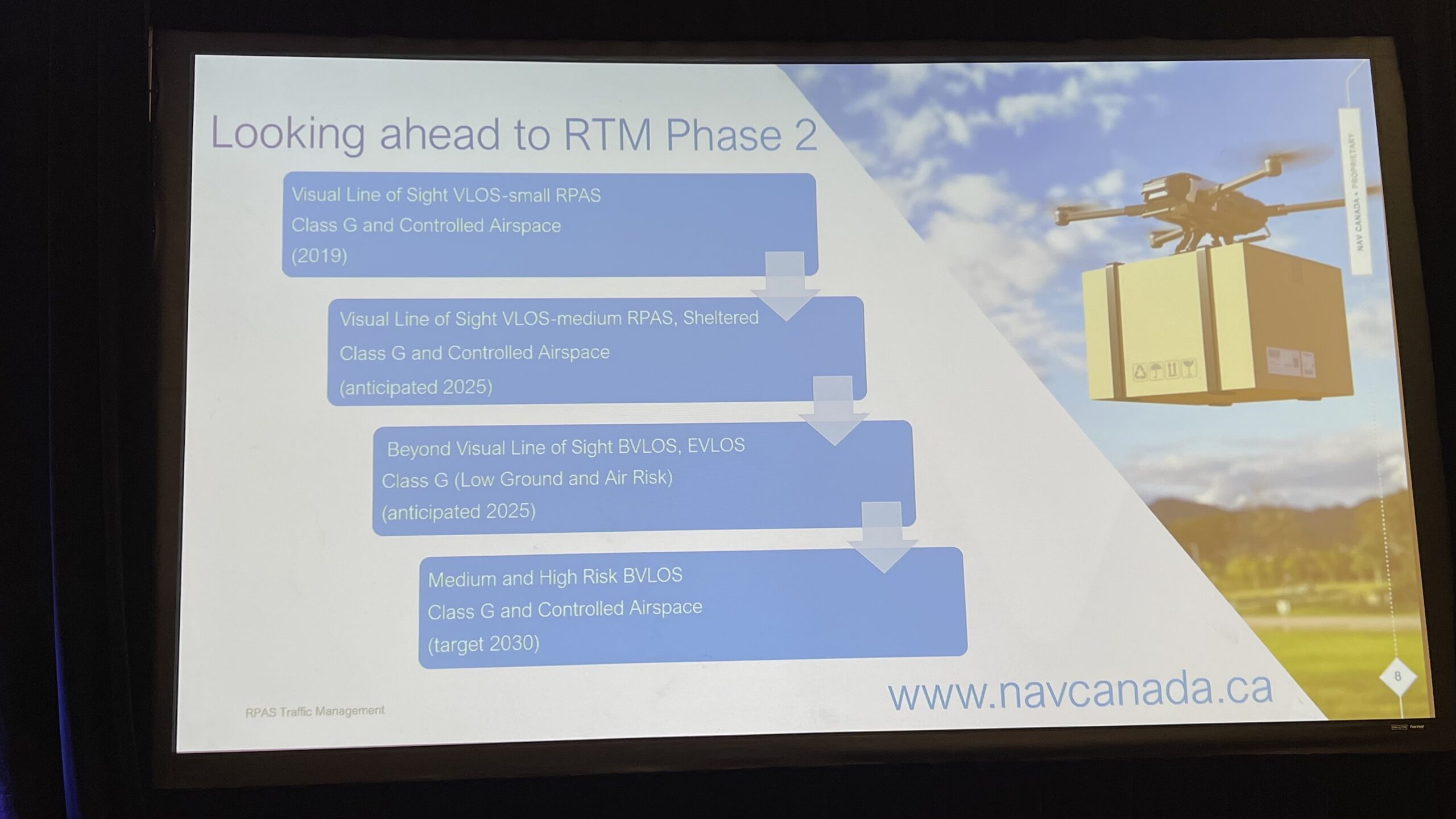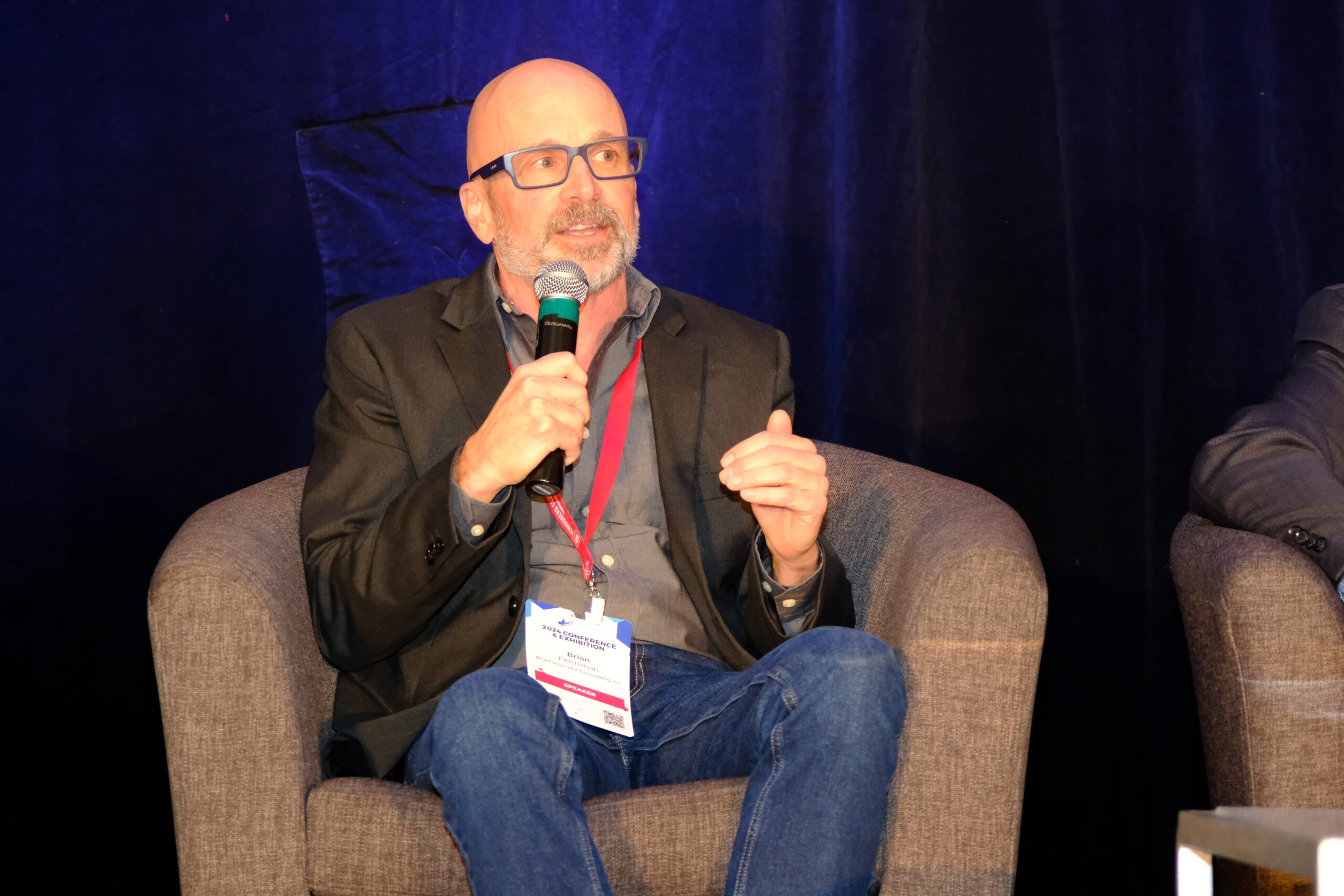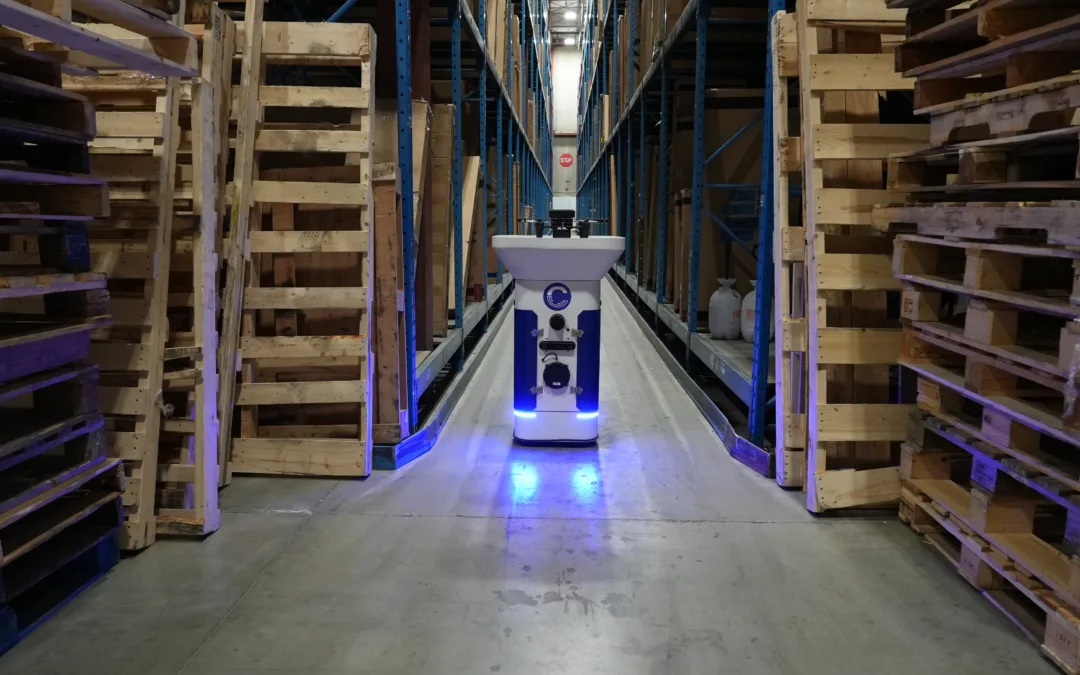
Cypher Robotics partners with New Zealand’s leading telco provider Spark
By Scott Simmie
Cypher Robotics, a Canadian company specialising in supply chain and precision scanning solutions, has partnered with New Zealand’s leading telecommunications provider, Spark.
We are pleased to see this, as Cypher is a client of InDro’s – and our Area X.O engineering headquarters is the incubator for Cypher’s technology. We helped Cypher develop and build its flagship product, Captis. And Spark? It’s a big deal, too – as we’ll explain later on.
First though, some background: Captis is an autonomous mobile robot (AMR) designed for large warehouse spaces. It does three things, and does all of them very well. One of its key value propositions is that Captis can scan everything on warehouse shelves – even products some 10 metres off the ground – autonomously. It does so by moving up and down the aisles on missions that can last up to five hours.
The real magic is in how Captis scans, even at height. It does so by using a drone attached by tether to that AMR base. The drone ascends while Captis moves down the aisles, with the tether both supplying power for the drone (which enables long missions without the need for battery swaps) and carrying out data transfer. The drone scans all of the bar codes on products, with the data securely transferred in real-time to the client’s existing inventory software. That means – even in massive warehouses – that the client has up-to-date cycle counts every time Captis is dispatched.
But Captis also has two other tricks up its sleeve. The robot can carry out autonomous precision scans to produce an exact 2D or 3D digital copy of even huge warehouses. And, by removing the drone and adding an RFID module, can autonomously scan inventory using RFID tags with that data also integrated seamlessly into existing warehouse management systems. Captis has been proven during nearly a year of trials at one of Canada’s largest retailers.
And now, it’s had its debut in New Zealand. Cypher Robotics was invited to the inaugural Spark Accelerate event – a major show that attracted business leaders from across New Zealand to learn about how AI and automation can help transform the way their companies do things. Here’s a highlight reel from that event.
NETWORKS
You’ve no doubt heard of leading North American telecommunications providers like T-Mobile and Rogers. These are the big players in the telco world – and, coincidentally – are also partners with InDro Robotics.
While many of us tend of think of these companies as simply the networks for our daily phone use, they are far more than that. In conjunction with hardware providers like Ericsson (also an InDro partner), they build the infrastructure that enables nationwide coverage with cellular networks. And as the world transforms to a future of increased automation, the Internet of Things, Smart Cities and AI, these networks will be its crucial backbone.
For larger companies that rely heavily on technology, as well as government, there’s demand for high-speed networks devoted solely to their own needs. And so companies like T-Mobile and Rogers are increasingly being called upon to set up private 5G networks for those clients. This ensures a secure, 24/7 high-bandwidth pipeline for dense data and communications.
Building and maintaining these private 5G networks is not something most phone users are aware of – but it’s a significant part of the revenue and business model of major telecommunication companies. So it’s not surprising that those companies are always on the lookout for technologies that can be put to use in an Industry 3.0 setting. In fact, T-Mobile regularly puts on large events to showcase these technologies to business leaders and analysts, because it’s ultimately good for their own business model.
It’s also a tangible way for these telcos to illustrate to companies what these networks can do for them. In the absence of real-world products and applications that can be demonstrated, private 5G networks are kind of an invisible concept. So showing clients technologies that could be put to use over a private network is a great way for telcos to let companies see the value proposition.
InDro has twice been invited to attend T-Mobile events and demonstrate our own products. Most recently, Tirth Gajera from our Area X.O headquarters took a Unitree GO2 quadruped we had modified with an InDro Backpack. This is a module that enables 5G teleoperation and the rapid integration of additional sensors. In short, it gives an already-capable platform superpowers – enabling the GO2 to be dispatched on autonomous inspection missions. Here’s a picture of our modified GO2, waiting to take to the stage.
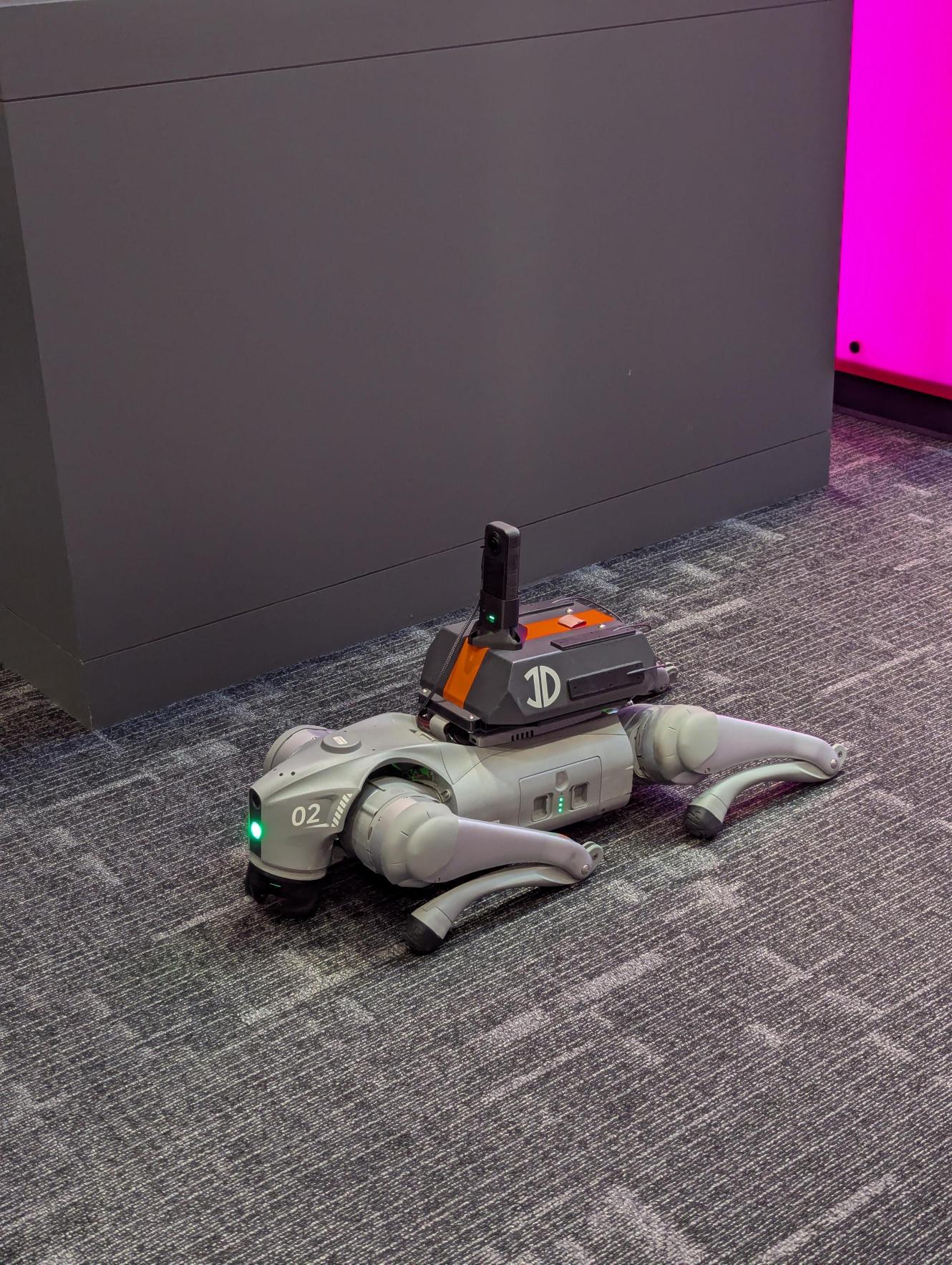
CYPHER ROBOTICS AND SPARK
When Cypher Robotics first unveiled its Captis solution at the big MODEX show in March of this year, it gained a *lot* of attention – including this article in TechCrunch. The solution was not only innovative and very hi-tech, but people could immediately see the value proposition it held for companies. No more manual scanning of inventory, no more putting people at risk doing the unsatisfying job of hand-scanning from height, and immediate and accurate cycle counts from barcodes or RFID tags (plus precision scans!).
Cellular hardware and software giant Ericsson learned about Cypher Robotics and made the introduction to Spark. From that initial introduction multiple meetings ensued, and Cypher has now partnered with Spark – which invited CEO Peter King to New Zealand to showcase Captis at its inaugural Spark Accelerate event in November in Auckland.
That show brought together leading experts on AI and automation, along with top business and government leaders from across New Zealand. They came to learn how new technologies and automation can help benefit their companies in an Industry 3.0 setting – and how private 5G networks are a key part of the solution. And Spark? It was the perfect company to host the event.
“We are the largest provider in New Zealand and also probably the oldest. It started off of the old post box exchange and has evolved over the years as the technology has changed,” explained Spark Product Manager Monique Strawbridge during an interview from Auckland.
“We say our ambition is to help all of New Zealand win big in a digital world. We operate on both the consumer side and right up to the government and enterprise markets.”
It’s a big company, with some 5,000 employees. And it’s always looking toward the future – both in terms of clients and its own strategic growth.
“Mobile plans and broadband plans kind of get cheaper all the time with competition in the market. With business (clients), there’s that opportunity to really leverage the new capabilities of networks as they mature. When you match up with a solution like Cypher Robotics, you can really make sure that your customers are driving new productivity gains or efficiencies – as well as creating new revenue streams for our operation as well.”
Cypher Robotics CEO Peter King says his company’s initial plans were focussed on North America. But demand for Captis has come from many parts of the world – including Dubai. Partnering with Spark seemed like a perfect fit.
“I met with Spark through Ericsson – and Spark really liked our solution,” he says.
SCANNING
It’s one thing to attend a conference and talk about your product. It’s quite something else to actually demonstrate it. With the assistance of Spark, Cypher Robotics actually deployed while King was in New Zealand. We can’t give away too many details, but he oversaw successful technology demonstrations at two large warehouses.
And that’s just the beginning. Early next year, the company will fly back with Captis and set up a full install at a massive warehouse. That install will include the wireless docking station so that Captis can head out on missions and return autonomously to charge prior to its next cycle. Once that mission is wrapped, we look forward to sharing details.
Below: The Cypher app during a demo at a large New Zealand warehouse, along with a screengrab of CEO Peter King.
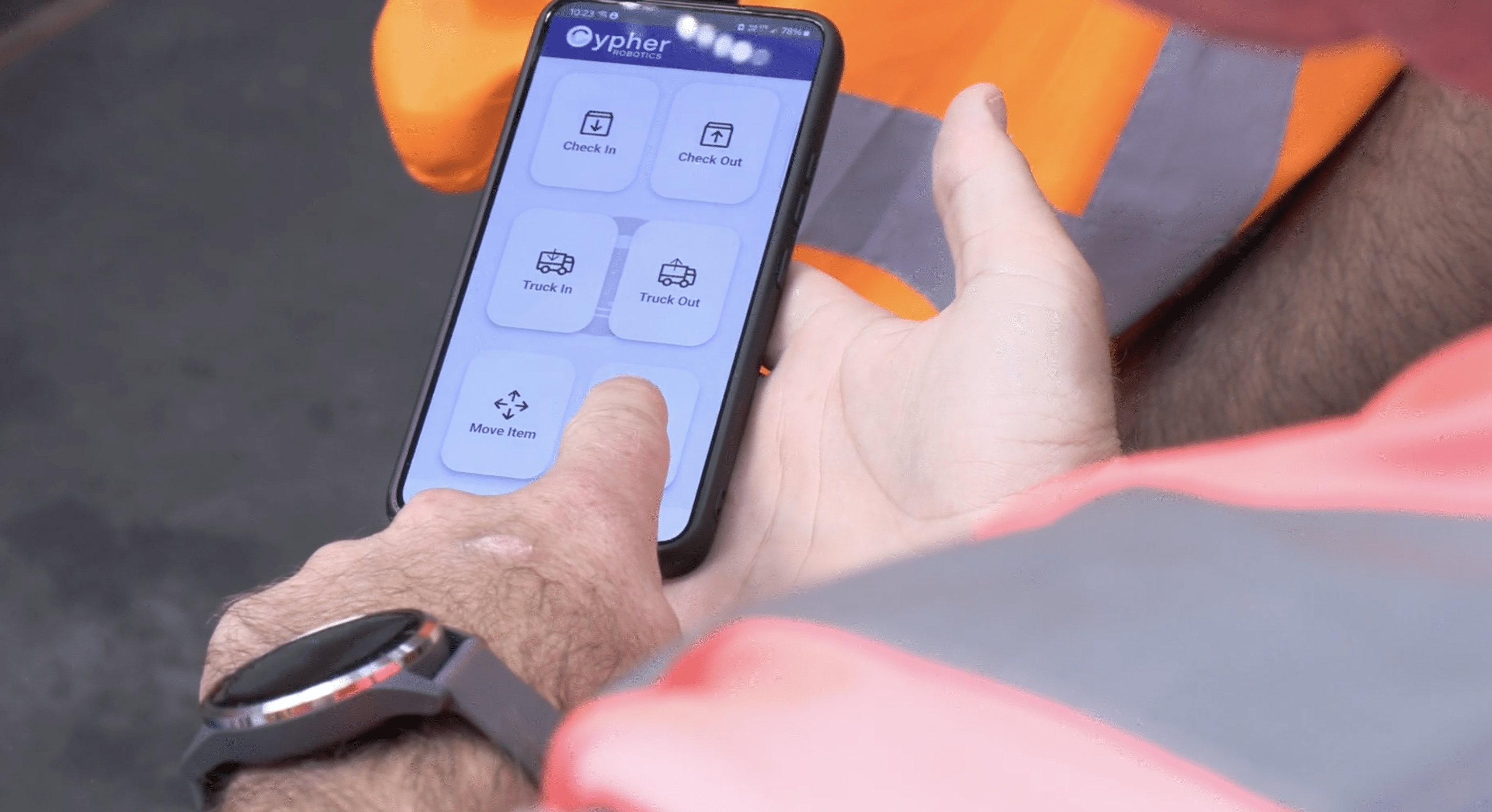

INDRO’S TAKE
InDro Robotics is obviously pleased to be the technology incubator for Cypher Robotics. It has been a highly complex and technically challenging build, but the market is showing phenomenal demand for this solution.
“When Cypher Robotics first knocked on our door, we were impressed with the concept and knew this could be a product with multiple use-cases,” says InDro Robotics Founder and CEO Philip Reece. “We are so pleased to see that the market has embraced Captis – and believe this company is on a really solid trajectory.”
You can learn more about Cypher Robotics and its Captis solution here.

